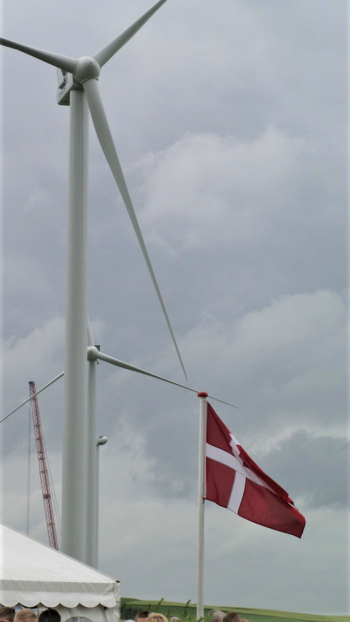EMD-API - Wind Energy Index Service: Difference between revisions
| Line 11: | Line 11: | ||
* Also note, that we provide a python (jupyter notebook) example to get you kick-started in using our API-services and to integrate towards your own services and tools. | * Also note, that we provide a python (jupyter notebook) example to get you kick-started in using our API-services and to integrate towards your own services and tools. | ||
== | == Access == | ||
The API is currently (November 2020) in beta-release. To see more documentation and to access the data-services, please visit the API through the following URL's: | |||
* | |||
* EMD-API Overview (Wiki) - [https://help.emd.dk/mediawiki/index.php?title=Category%3AEMD-API here]. | |||
* | * EMD-API Main Page (API) - [https://api.emd.dk here]. | ||
* EMD-API Climate Data UI (API) - [https://api.emd.dk/climate-data/ui/ here]. | |||
== Python - Installation == | == Python - Installation == | ||
Revision as of 16:25, 16 December 2020

Introduction
The wind-energy-index service is available as a global service - providing reliable wind-index information for any part of the world. The service is available from a REST / OPENAPI interface. This page describes how to install the service - and how to consume it from a python client. Resources for the OpenAPI standard and the data model are here:
- OpenAPI-standard - at Swagger / Smartbear
- OpenAPI Specification and Data Model - at GitHub.
Please note:
- This EMD-API introduction is aimed at programmers, modellers or analysts who are working with machine-driven interfaces and workflows, typically using programming languages like python or R.
- Also note, that we provide a python (jupyter notebook) example to get you kick-started in using our API-services and to integrate towards your own services and tools.
Access
The API is currently (November 2020) in beta-release. To see more documentation and to access the data-services, please visit the API through the following URL's:
- EMD-API Overview (Wiki) - here.
- EMD-API Main Page (API) - here.
- EMD-API Climate Data UI (API) - here.
Python - Installation
The simplest way to use the EMDAPI with python is to install the client software in a virtual environment. If you are using CONDA or MINICONDA, we recommend that you create a new virtual environment and use a recent 3.x version of python. When the virtual environment is created, then activate the environment.
Open your Anaconda Prompt. Copy-paste the following lines:
conda create -n emdapiwindindex python=3.8.5 conda activate emdapiwindindex
Install the required packages needed in order to do data-science and use the examples provided within the jupyter notebooks. We have have validated this setup using specific package versions (used in the commands below).
In the Anaconda Prompt, copy-paste the following lines, one by one:
conda install -c conda-forge pandas=1.1.0 numpy=1.19.1 conda install -c conda-forge jupyter=1.0.0 ipykernel=5.3.4
Download the zip-file holding the OpenAPI python client for the emdapi wind-index-service.
Unpack the file and install it within your virtual environment:
In the Anaconda Prompt: Move to the folder, where you have unpacked the zipped file. Copy-paste the following line:
python setup.py install
Make sure that the new emdapi virtual enviroment (python-kernel) is available to be used with jupyter-notebook environment:
python -m ipykernel install --user --name=emdapiwindindex